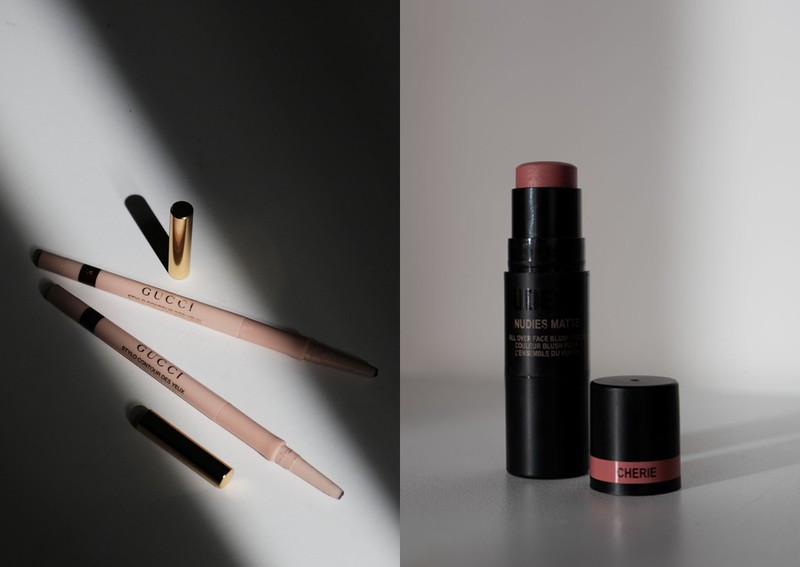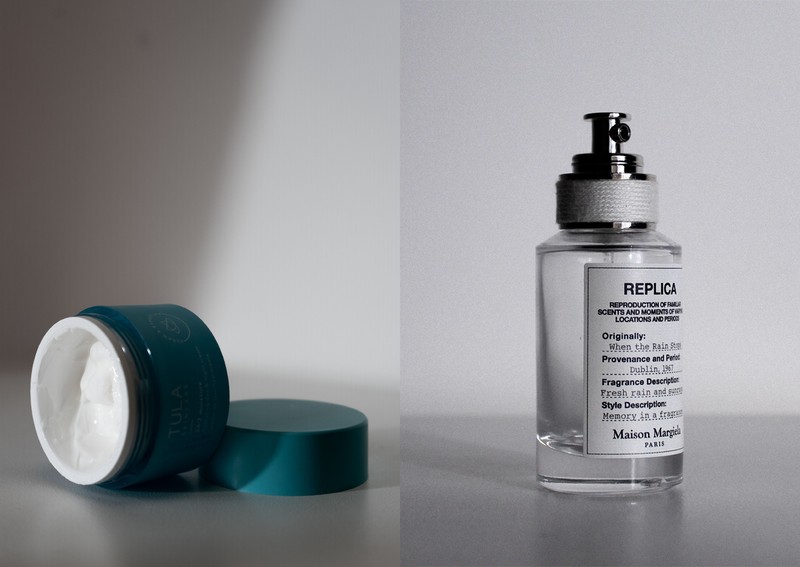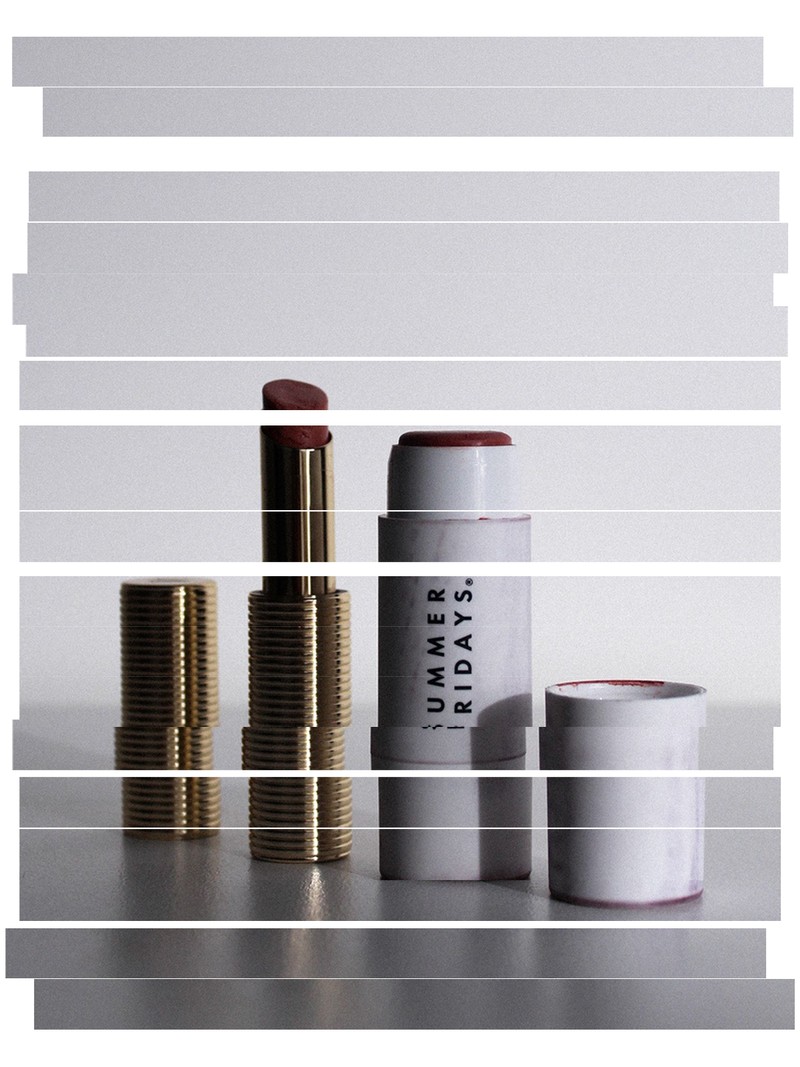A Guide To Beauty Product Expiry Dates
MAKE-UP & COSMETICS
The Product: Concealer & Foundation
The Shelf Life: 1 Year
Concealer and foundation expire at similar times. If your concealer dries out, changes in texture, becomes cakey, lumpy or smells different, it’s time to chuck it. As for foundation, all – except for powders – are water based, so bacteria can thrive. Unopened foundation can last for a couple of years, but once the seal is broken it’s best to replace it after six to 12 months. Keep your foundations out of moist environments, such as your bathroom, and always away from heat.
Top Tip: “Look at the small sticker on your make-up products. You’ll find it’s in the shape of a pot with a number inside it. This number relates to the number of months you should be using it for. For instance, 18M is 1.5 years. Take another look at that symbol and note whether the ‘lid’ on it is open or closed. Open means you have 18 months to use it once you’ve broken the seal, while closed means you have 18 months since purchasing it – even if you’ve not used it yet.” – Sophie Tilley, make-up artist
The Product: Face Powder
The Shelf Life: 2 Years
Typically, face powders can last well beyond their expiration date – just be sure to minimise bacterial contamination by lightly cleaning your compacts regularly and limiting exposure to air. Make-up master Laura Mercier recommends throwing away powders with broken lids and checking for mould and any unusual smells. The same goes for eyeshadow and other powder-based products like blushers.
The Product: Nail Varnishes
The Shelf Life: 1 Year
While nail colours won’t go bad from bacteria, the polish will dry out and become thick and clumpy. To lengthen the life of your polish, keep the lid securely fastened and leave it in the fridge to slow down discolouration and solvent evaporation.
The Product: Lipstick/Lip Gloss
The Shelf Life: 2 Years
Look after your lipsticks and they can last up to two years. Just never leave them without a lid on, and clean with a wipe to remove any top layer of bacteria. As for glosses, treat them like your mascara – don’t pump them. Doing so will only increase the chances of germ contamination and the colour changing prematurely. If the latter starts to happen, or the texture changes, it’s time to throw it away.
Top Tip: “Lip products last a bit longer than some make-up, but it’s still important you switch them out at least twice a year. You want to avoid ingesting any unnecessary germs and bacteria, so it pays to keep these products as fresh as you can. An easy way to do this with pencils and lip crayons is to simply sharpen them and take the head off, which is where most bacteria builds.” – Dr Tiina Meder, dermatologist & skincare expert
The Product: Cream Shadows & Blush
The Shelf Life: 6 Months
Creamy make-up products only last around six months. Unlike wax formulas, they contain extra moisture for bacteria to thrive on. Keep an eye on these products for signs of mould or separation, and throw them away if the appearance changes.

The Product: Mascara The
Shelf Life: 3 Months
While many adhere to the four to six-month rule, make-up artists like Bobbi Brown and Sophie Tilley recommend replacing your mascara every three months. As the brush is taken out, used and then put back into the tube, it collects bacteria along the way – risking irritation or even conjunctivitis. If a mascara has dried out or has a different texture, colour or scent, get rid of it immediately.
The Product: Eyeliner The
Shelf Life: 3-6 Months
Just like mascara, liquid or pencil eyeliner should be replaced every three to six months. Pencil liners can last a little longer, but the cap should always be kept tightly closed.
Top Tip: “Pencil formulas are longer lasting as they don’t contain water. They do contain emollients though, which is what gives pencils that ‘glide’. Sharpen your pencils to keep them clean, but if one’s dried out, you’ll see it shrink and break. In this instance, it’s time to chuck it.” – Sophie
BEAUTY TOOLS & FRAGRANCE
The Product: Make-Up Sponges
The Shelf Life: 1 Month
Experts agree blending sponges should be replaced every month and washed with a cleanser after every use. Signs that you need to throw it away can include deformities on the sponge and unexplained breakouts.
The Product: Brushes
The Shelf Life: Varies
Brushes are one of the sturdiest products in your kit. Some can last for years, but it’s important to clean them at least once a week – especially if you’re using them with wet or liquid textures. Experts recommend using a quality washing-up liquid – like Dr Bronner’s All-In-One Soaps or Baby Shampoo – to get rid of build-up and bacteria. Once clean, squeeze out excess water and lay your brushes down flat over the edge of a surface to let them air dry. If you do this regularly, you’ll find your brushes last for years. Signs they may need replacing include fraying bristles or fallout.
Top Tip: “If you buy good-quality, well-made brushes, there’s no reason your brushes won’t last you for at least ten years. That is, providing you’re keeping them clean. Never prop your brushes up after cleaning them as the water will run down the ferrule – the metal part which holds the hairs in place – and loosen the adhesive. Keep them away from radiators too as this can cause premature shedding.” – Sophie
The Product: Fragrance
The Shelf Life: 5 Years
Fragrance is one of the longest-lasting products you can own. But while perfumers agree scents don’t fade in intensity, they can become oxidised and sour. To counteract these effects, keep the bottle away from the light and heat. It’s also important to keep using it until it’s empty – the oxygen inside half-empty bottles increases the risk of alteration.

SKINCARE & SPF
The Product: Moisturiser
The Shelf Life: 2 Years
Providing you keep your moisturiser sealed and away from the sunlight, there’s no reason why it would expire before two years. Ingredients are usually preserved, but if the texture or consistency starts to coagulate or separate, throw it away. Where possible, try to avoid buying your moisturiser in a jar. Expert’s claim they carry a higher risk of contamination as we use our fingers to apply the product.
The Product: Eye Cream
The Shelf Life: 6 Months
As a rule, the closer a moisturiser comes to your eye, the shorter its life span. The ingredients not only become less effective; they can also cause irritation and possible bacterial infection like conjunctivitis. Pay close attention to the look and texture, and opt for pump-based products to be on the safe side.
Top Tip: “Most cosmetic regulators require certain products to print an expiration date. This is often the case for acne treatments, but also any skincare containing active ingredients like salicylic acid or benzoyl peroxide. Look out for these dates and never use or keep a product beyond it.” – Tiina
The Product: SPF The
Shelf Life: 2 Years
Most sunscreens are designed to last at least two years, but it’s always worth checking the expiration date. If you store your SPF in the heat, it will expire faster and should be replaced every few months, so always keep it in a cool area. Also, check for changes in texture, like clumping or pilling. The same thing goes for the smell – if it starts to have an unusual scent, it may be contaminated.
Top Tip: “For both your skincare and make-up, make sure you’re tightening lids or, better still, investing in pump containers over jars. This will prevent water from getting in, which over time can cause mould and bacteria to develop.” – Tiina
INSPIRATION CREDITS: Instagram.com/TheGlossaryCo
DISCLAIMER: We endeavour to always credit the correct original source of every image we use. If you think a credit may be incorrect, please contact us at info@sheerluxe.com.


